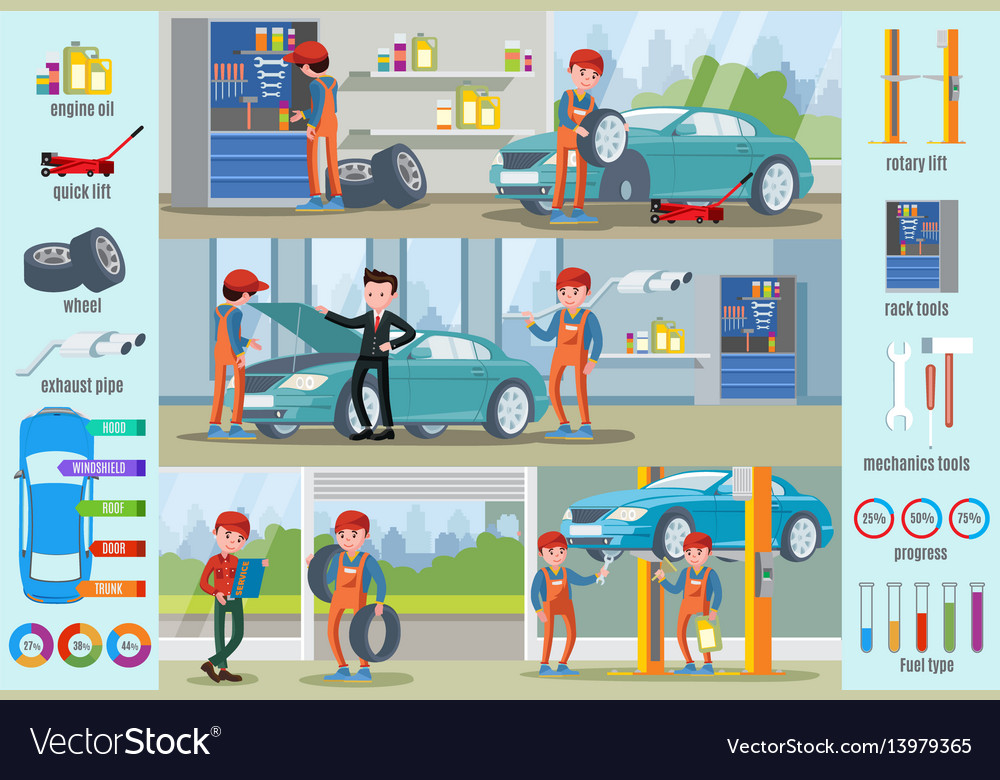Translating Your Vehicle'S Alert Lighting: Their True Implications
Translating Your Vehicle'S Alert Lighting: Their True Implications
Blog Article
Short Article Created By-Higgins Kejser
When you're behind the wheel, those glowing warning lights on your dashboard can be a bit difficult. Do you understand what they're trying to inform you regarding your cars and truck's wellness? Comprehending the significance of these lights is important for your safety and the long life of your lorry. So, the next time one of those lights appears, would not you intend to analyze its message precisely and take the required actions to address it?
Common Caution Lighting and Interpretations
Recognize typical warning lights in your cars and truck and understand their significances to ensure safe driving.
One of the most common caution lights include the check engine light, which signals problems with the engine or exhausts system. If this light comes on, it's vital to have your car inspected without delay.
The oil stress warning light suggests reduced oil pressure, requiring instant attention to stop engine damage.
A blinking battery light might recommend a damaged charging system, possibly leaving you stranded otherwise dealt with.
The tire stress tracking system (TPMS) light alerts you to reduced tire stress, impacting car stability and fuel performance. Neglecting https://jaredqmjdx.thenerdsblog.com/35561198/the-total-source-for-vehicle-explaining-supplies-secret-details-every-novice-must-comprehend might bring about harmful driving problems.
The ABS light shows a problem with the anti-lock stopping system, compromising your ability to quit promptly in emergencies.
Last but not least, the coolant temperature level cautioning light warns of engine overheating, which can cause severe damage otherwise solved swiftly.
Recognizing these typical warning lights will aid you address issues immediately and keep risk-free driving conditions.
Value of Prompt Focus
Comprehending the typical warning lights in your cars and truck is just the primary step; the relevance of promptly dealing with these warnings can't be emphasized enough to ensure your safety on the road.
When a warning light illuminates on your dashboard, it's your automobile's means of connecting a possible problem that requires focus. Disregarding these cautions can bring about a lot more extreme issues in the future, endangering your safety and security and potentially costing you more out of commission.
https://whatisecutuning51628.blogitright.com/30059060/success-chronicle-breathing-new-life-into-a-neglected-vehicle-with-describing to advising lights can protect against failures and mishaps. As an example, a blinking check engine light might suggest a misfire that, if left ignored, can trigger damage to the catalytic converter. Resolving this immediately can conserve you from an expensive repair.
Similarly, a brake system cautioning light could signify low brake liquid or worn brake pads, crucial parts for your safety when driving.
Do It Yourself Troubleshooting Tips
If you observe a warning light on your dashboard, there are a couple of do it yourself troubleshooting tips you can try prior to seeking professional aid.
The initial step is to consult your automobile's guidebook to comprehend what the details caution light indicates. Often the problem can be as simple as a loosened gas cap causing the check engine light. Tightening detailing cars might fix the issue.
Another usual issue is a low battery, which can trigger various warning lights. Inspecting the battery connections for rust and guaranteeing they're safe and secure may deal with the problem.
If a caution light lingers, you can try resetting it by separating the cars and truck's battery for a few mins and after that reconnecting it. Furthermore, examining your automobile's fluid degrees, such as oil, coolant, and brake liquid, can aid troubleshoot alerting lights connected to these systems.
Final thought
Finally, understanding your cars and truck's caution lights is important for keeping your automobile running smoothly and securely. By quickly addressing these informs and understanding what they imply, you can prevent costly fixings and potential break downs.
Bear in mind to consult your vehicle's handbook for certain details on each warning light and act accordingly to ensure a hassle-free driving experience.
Remain notified, remain risk-free when traveling!
